White Oak Tree
- June 12, 2023
- 0 comment

Origin Name, Common Name, and Botanical Name
The name ‘White Oak’ is a nod to the lighter color of its bark and wood, setting it apart from other species in the oak family. The tree commonly known as the White Oak bears the scientific name “Quercus alba“
Interesting Facts

One fascinating aspect of the White Oak tree is its remarkable longevity. It is awe-inspiring to consider that some White Oaks have stood tall for centuries, witnessing the passage of time and the unfolding of history. These ancient beings can reach extraordinary ages, with the oldest known living White Oak estimated to be around 450 years old. The thought of these majestic trees silently observing countless generations of humans and experiencing the ever-changing world is both humbling and awe-inspiring. The White Oak’s longevity serves as a testament to its resilience and endurance, capturing the imagination and inviting us to reflect on the vastness of time.
Family and Plant Type
This towering specimen is part of the Fagaceae family, categorized as a deciduous tree, renowned for shedding its leaves in the fall, setting the scene for an annual spectacle of color.

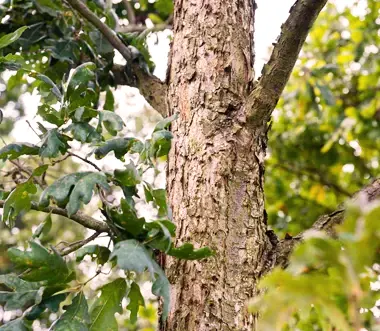
Mature Size and Growth Rate
Standing tall, the White Oak can reach heights of up to 100 feet, spreading its branches far and wide to form an extensive canopy, as wide as 80 feet at times. It has a slow to moderate growth rate, typically adding 12 to 24 inches to its stature annually.
Hardiness Zones
A testament to their hardiness, White Oaks thrive in USDA hardiness zones 3 through 9, marking them as a truly North American native.
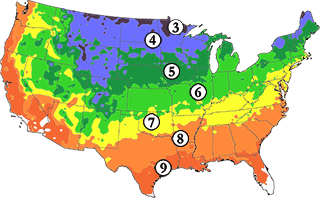
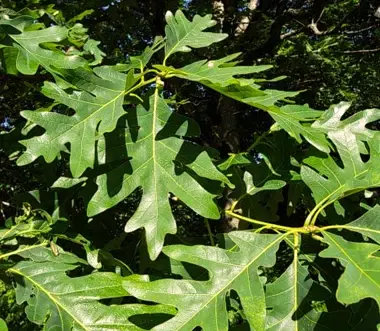
Soil and Sun Preference
These majestic trees are sun-lovers, growing best under full sun to partial shade, with a predilection for moist, well-drained soils. Their adaptability extends to different soil types, whether sandy, loamy, or clay.
Varieties
Though the White Oak is a marvel in itself, it also has a few close cousins, or varieties, that share its noble lineage. Some of these include the Swamp White Oak, a tree well-adapted to wet soils, and the Bur Oak, recognized by its deeply lobed leaves and hefty acorns.
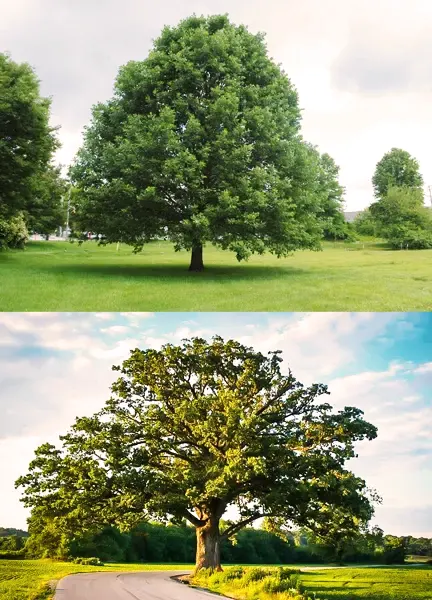

Pruning and Propagating
While White Oaks don’t generally need heavy pruning, occasional trimming helps keep these trees healthy and aesthetically pleasing. When pruning, remember to cut just above a bud or lateral branch to encourage new growth in the desired direction. As for propagating, White Oaks can be grown from acorns fairly easily. Collect mature acorns in fall, and after a period of cold stratification, they are ready to be sown in well-draining soil.
Common Pests & Diseases
Like many trees, it’s susceptible to pests like the oak gall wasp, gypsy moth, and oak lace bugs, as well as diseases such as oak wilt and anthracnose.


Wildlife Value
More than just a visual marvel, the White Oak also serves as a valuable food source for local fauna. Various species of wildlife, from graceful deer to industrious squirrels and chirping birds, find nourishment in the acorns it generously provides.
Edible or Not
While the acorns of the White Oak are technically edible, they’re generally left to the wildlife due to their somewhat bitter taste.
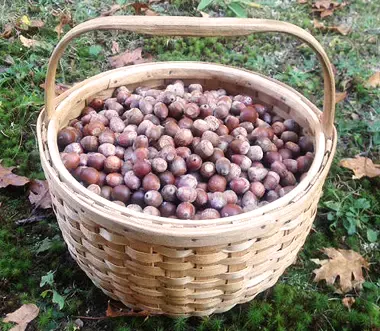
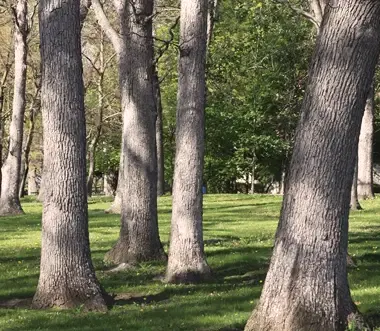
Characteristics and Invasive Nature
Despite its grandeur, the White Oak isn’t known to be invasive.
The White Oak is an undeniable asset to any landscape, with its awe-inspiring size, beautiful fall colors, and shade it provides. On the flip side, it is slow-growing and vulnerable to certain pests and diseases.
Care and Pruning
Taking care of a White Oak requires a little attention. Plant them in spacious areas to allow them to grow, prune regularly to remove dead or damaged wood, and keep an eye out for signs of pests or disease. Pruning is best done in late winter or early spring, just before the emergence of new growth.


Attributes
The leaves of the White Oak are a spectacle unto themselves, performing a yearly show as they transition from a lush, dark green in the summer to vibrant shades of red and burgundy in the fall. This breathtaking display makes the White Oak a sought-after choice for landscapes craving a burst of autumnal color.
Habitat Requirements
The White Oak tree, known for its adaptability and widespread distribution, can thrive in various soil conditions. While it is capable of tolerating a range of soil types, it does have a preference for slightly acidic to neutral pH soils.
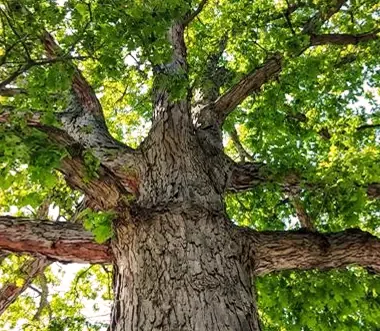

Fun Facts
Here’s a fun nugget of trivia for you: the wood of the White Oak is highly coveted in the wine and whiskey industry. Why, you ask? The tight grain of the wood prevents leaking, making it the perfect material for crafting barrels to age these fine spirits. In fact, it’s not just any oak that’ll do – regulations stipulate that bourbon must be aged in new, charred White Oak barrels to earn its name.
Frequently Asked Questions about the White Oak Tree
Q1: What is the scientific name of the White Oak tree? A: The scientific name of the White Oak tree is Quercus alba.
Q2: Where is the White Oak tree commonly found? A: The White Oak tree is native to North America and can be found in various regions throughout the continent, including the eastern and central parts of the United States.
Q3: How tall does the White Oak tree grow? A: The White Oak tree is known for its impressive height, reaching an average height of 60-80 feet (18-24 meters) at maturity. Some specimens have been recorded to exceed 100 feet (30 meters) in height.
Q4: What are the distinguishing features of the White Oak tree? A: The White Oak tree has a broad and rounded crown with beautiful, lobed leaves that turn vibrant shades of red, orange, and brown in the fall. Its bark is light gray and develops rough ridges and furrows with age.
Q5: What type of soil and sunlight does the White Oak tree prefer? A: White Oak trees are adaptable to various soil types but prefer well-drained, loamy soils. They can grow in full sun to partial shade conditions, although they typically perform best with ample sunlight.
Q6: What are the hardiness zones for the White Oak tree? A: The White Oak tree is hardy in USDA zones 3-9, making it suitable for a wide range of climates across North America.
Q7: How fast does the White Oak tree grow? A: The White Oak tree is a slow to moderate grower, with an average growth rate of around 1-2 feet (30-60 centimeters) per year. It is a long-lived species, with some trees surviving for several centuries.
Q8: What are the ecological benefits of the White Oak tree? A: The White Oak tree provides numerous ecological benefits. Its acorns are a significant food source for wildlife, including birds, mammals, and insects. The tree’s dense foliage and sturdy branches offer shelter and nesting sites for various animal species.
Q9: How do you care for a White Oak tree? A: White Oak trees generally require minimal care once established. Adequate watering during the establishment period is crucial, and mulching around the base helps retain moisture a



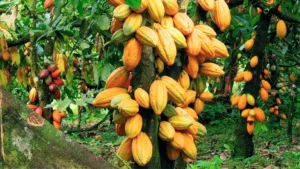

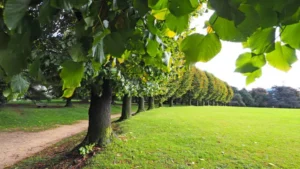
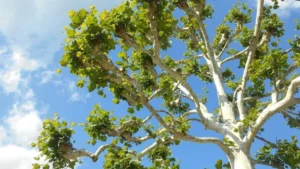
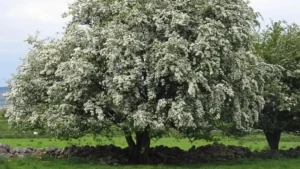



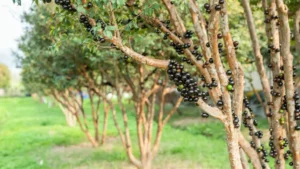
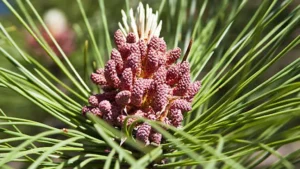
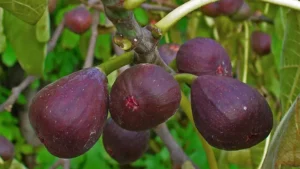
Leave your comment